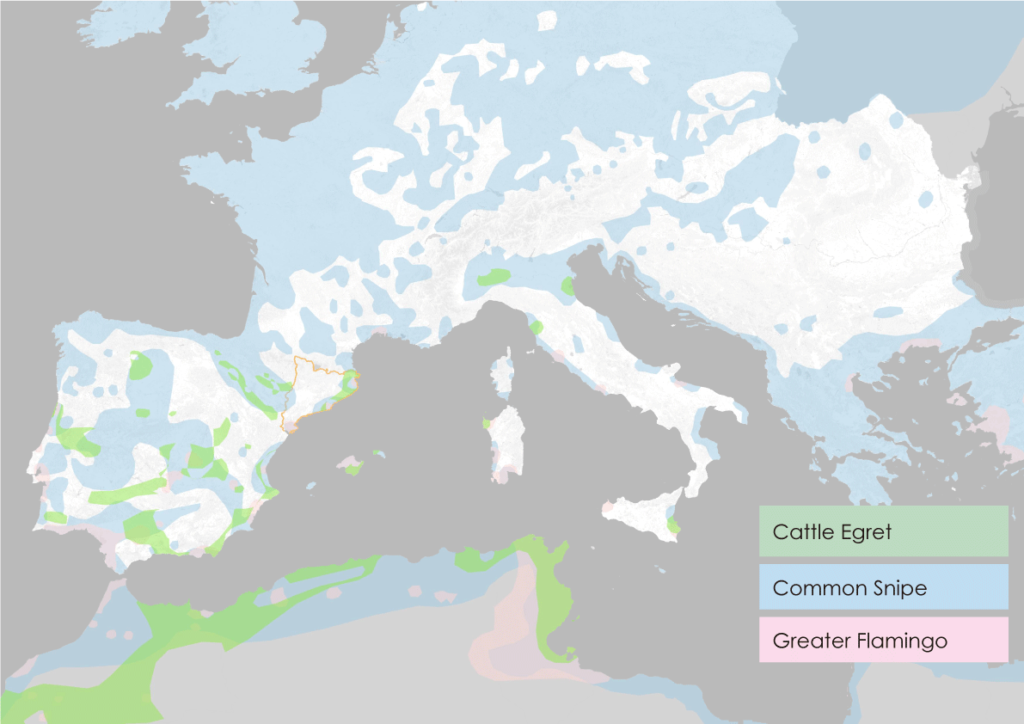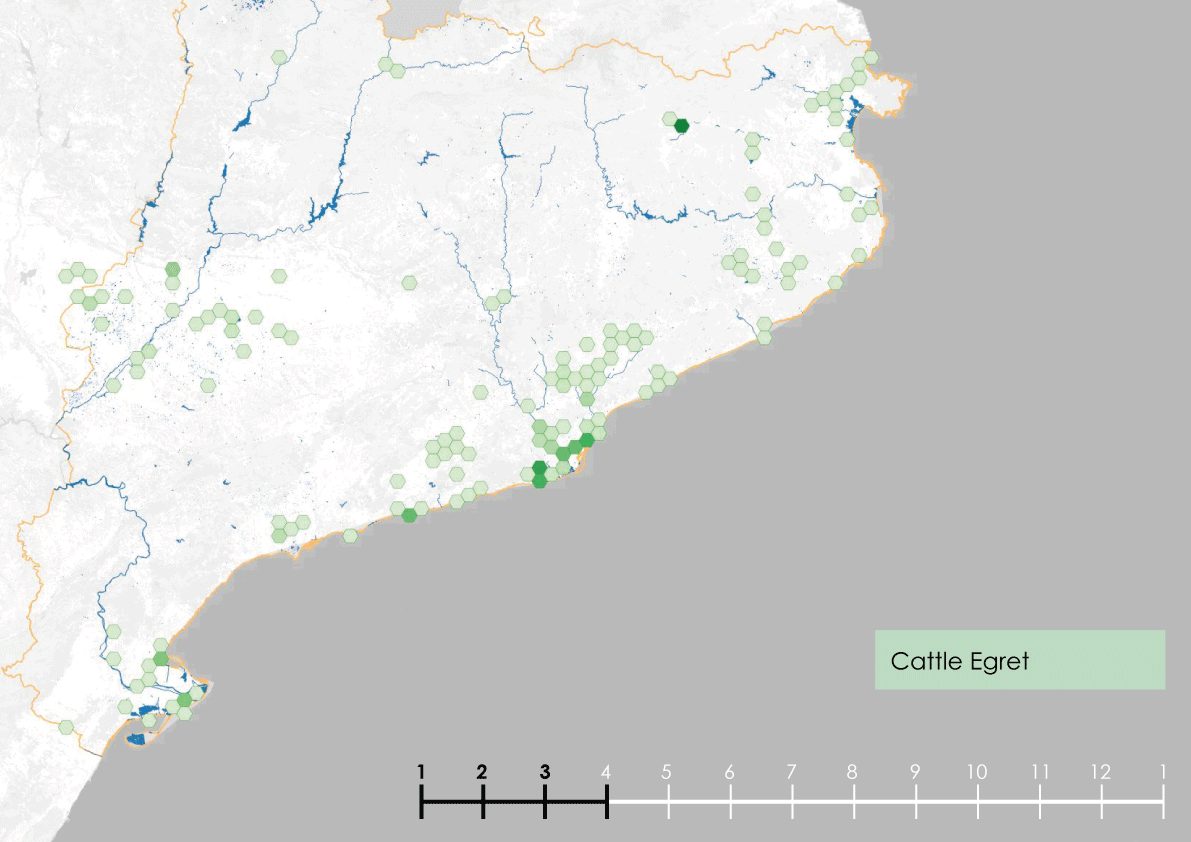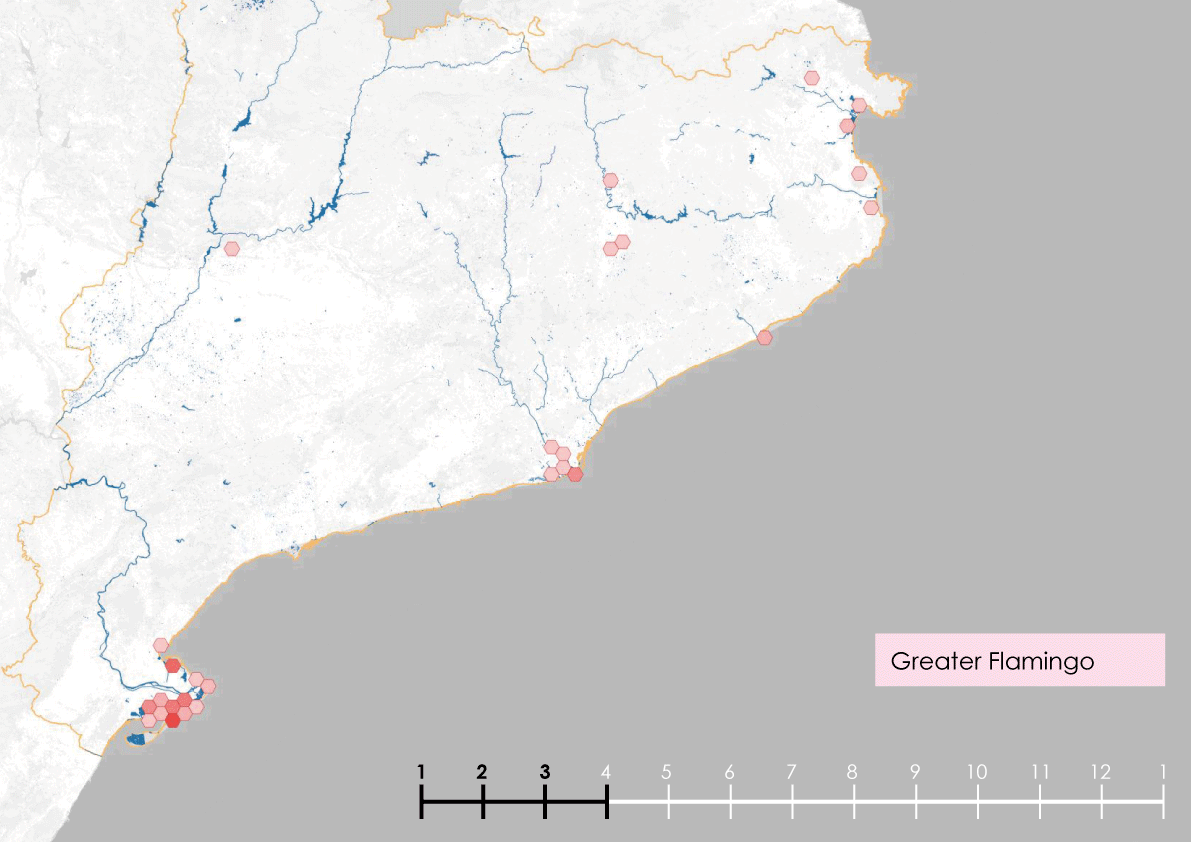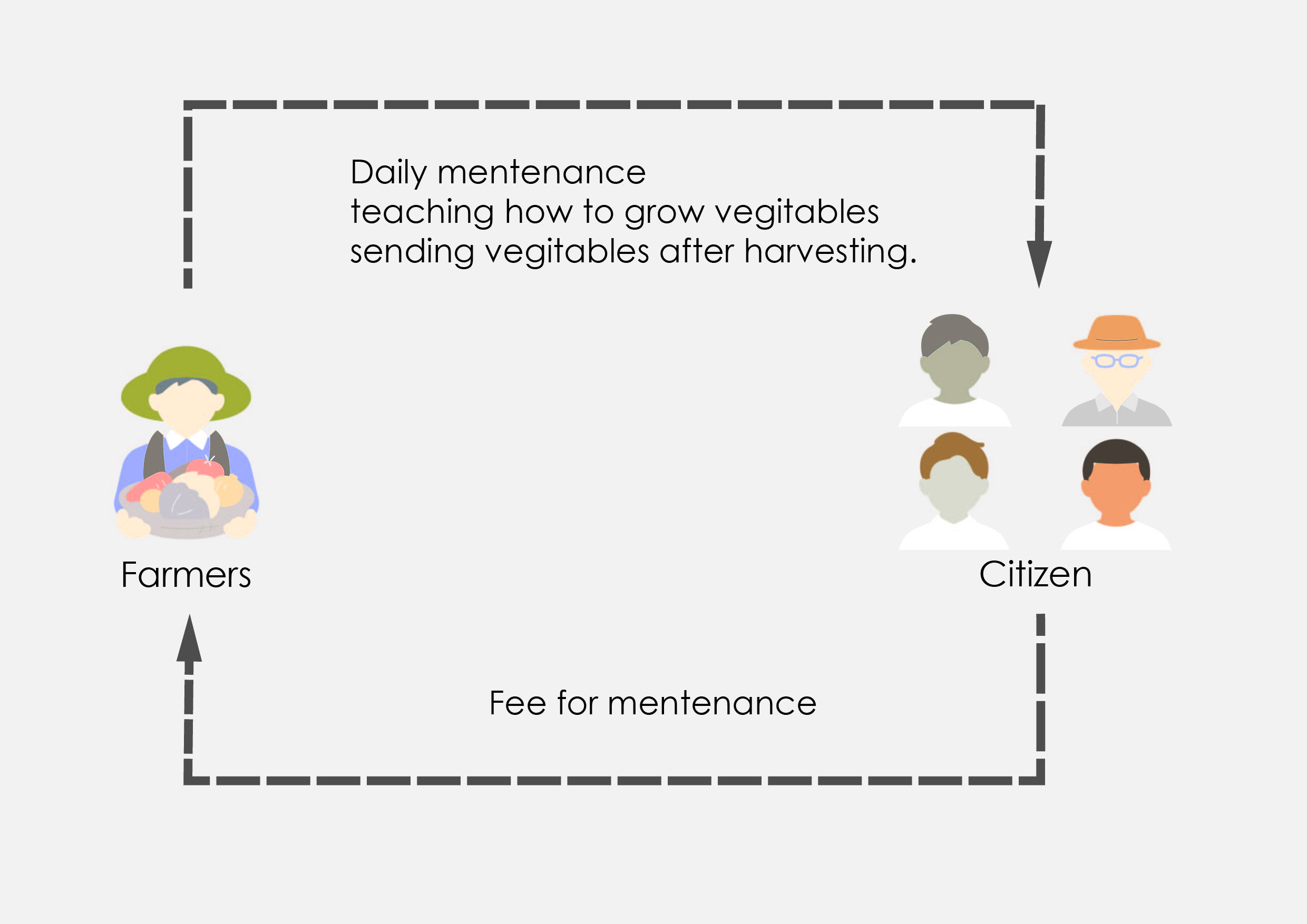-the story of bird and human at Delta –
Deltas
one of the most unique and significant local biomes in Spain.
They are conducive to the formation of wetlands, which in turn improve the living environment on a bigger scale.

Processes in the delta. Deltas are becoming drained, polluted, noisy, and fragmented and the biome with its residents starts to slightly disappear.
One of the most populated inhabitants in deltas are birds that keep the biome functioning.
The global role of birds.
Birds largely support delta functioning and in the same way, are very dependent on wetlands that provide breeding and feeding sites and critical habitats for them during migration. In this case, one most important things is to wisely use and protect as many wetland resources as possible. And we can create a prototype of a hotel for birds in our delta area. Where humans will be more stuff than users for birds who will be seasonal and permanent guests.
How do we define key species in our biome? We consider migratory birds in the first place because they help regulate vital planetary processes and they face the most urban obstacles today than non-migratory ones.
The choice was made from 466 species in Catalonia according to population scale, main types of migration, wetland habitat features, and nutrition :
- breeding migrant Cattle Egret that lives here from April to October and nests,
- Common Snipe that only does stop-overs in between flyways,
- Great Flamingo – thankfully organized artificial colonies where it can stay for the whole year in the delta.

They consume worms, insects, plants, and seeds with their long beaks for digging in mud or water for food. They have also adapted legs for wetland conditions.




Dynamic populations of these 3 migratory species in the Catalonia coastal area.
In this connection, it is noticeable that 3 key species accumulate mostly in these 3 wetland areas:
Ebro delta, Llobregat (closest to us), and Emporda delta. We can now define and focus on location.
The Analysis of the area
Because the birds chose the three delta areas as their habitat, we Compare three wetlands and find similarities and differences between these three delta areas.
We conducted this animation of connectivity analysis based on land use and soil texture.






We extract the high connectivity corridor.

To identify our ecological corridor, we first identify the agriculture zone. In this ecological corridor, most of the land is for agriculture.
So within this agriculture zone, we go deeper to identify the abandoned crops. This could be our active point for further proposal.


The second layer to identify is the industry zone.
The industry zone distributed along the river and delta zone could cause a lot of pollution to the soil and water.

The last layer is the airport. As we all know, the most dangerous about birds and airport is bird strikes. So the impact of airports is neglectable.

Identified our three layers of the ecological corridor, we also identified the stakeholders: farmer, industry, eco-tourism, and airport.
And all these four stakeholders are related to our citizens.





Our the Proposal
Before starting to talk about the proposal, The abundant area has some problems. Farmers use pesticides to protect crops from insects. But pesticides soak into the soil and arrive underwater. Then the water with pesticides goes through the river and the sea.
Soil should be state of organic, People should cultivate an organic style,” eco-farming” Due to this, we need help from birds.


Our concept is “Hotel Llobregat”.
We think Birds are guests and humans are staff. Birds eat insects, paying a fee. We, humans, prepare the hotel and food.
This means we renovate abundant areas into Wetland, buffer zone, and eco-firming.
Analysis part, we explain abundant areas in the agricultural area.
We think renovating this area.
Over 3 ha, is for micro-wetland. Over 1 ha is for agriculture area, eco-farming. Less than 0.5 ha and long and narrow is for the Buffer zone.
To develop this concept, we think of some systems. In the center of the renovated area, we put up ” the Pole”.
we set the camera, and monitor on top of the pole so that we can observe the area and take data. We researched the bird data from the bird watcher. We noticed there is bias in this data, and it’s difficult to count and memorize birds. This is the hint for our proposal. And the case of micro wetlands, this becomes the water pump to make micro wetlands.

Microwetlands

Agricultural areas, Eco-farming.
And, Agricultural areas, Eco-farming.
there is another problem. This problem is inside humans. This problem is the same as why there is an abundant area in the agricultural area.
The farmer becomes old, and they can’t manage a large area of agriculture. And the farm runs as a family business. But the next generation doesn’t succeed on the farm.
It’s not good, people are uninterested in agriculture and the environment.
We think about what we can do for Citizens, people who come to this Llobregat area using this abundant area.
We think of the idea of a business model. The citizen becomes the owner of crops, and they can experience agriculture and pay the fee to the farmer, to maintain daily and be taught how to grow. And they can observe their own area and the situation on the website and application.


Our conclusion,
Birds are indicators of biodiversity so we use sensors to monitor the living condition of birds. We create a corridor for the birds, transforming the abandoned area into active bird habitat. This is for birds, but we plan to recreate a network of humans to humans, helpt by birds. We hope this is a good opportunity for each other, birds and humans, and the other species too, making an Eco-system.
Thanks.

